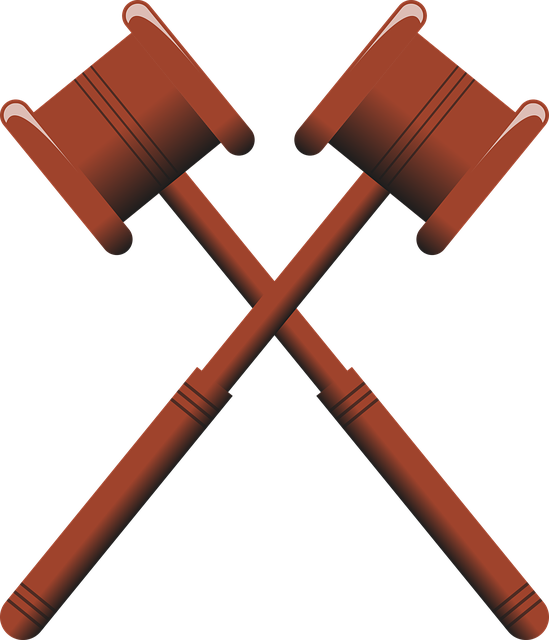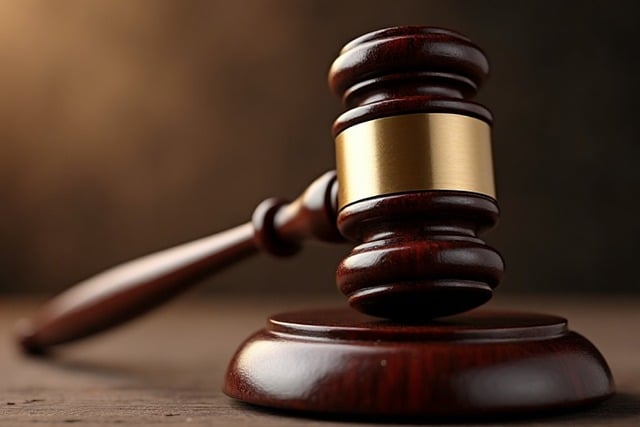Personal injury damages compensate victims for harm caused by others, including medical malpractice cases where significant awards are possible. These damages cover both economic losses like medical bills and lost wages, as well as non-economic losses such as pain and suffering, loss of quality of life, and emotional distress. In medical malpractice, compensatory damages restore individuals to their pre-injury state, while punitive damages aim to penalize and deter negligent healthcare professionals and institutions, especially in vulnerable populations. Legal representation is crucial for navigating the complexities of calculating these damages and ensuring fair compensation.
Personal injury damages play a crucial role in medical malpractice claims, compensating victims for physical and emotional suffering. This comprehensive guide delves into the intricate world of personal injury damages, offering an overview of various types of compensatory damages available to affected individuals. We explore how punitive damages serve as a powerful tool to hold healthcare professionals accountable for their negligence. Understanding these aspects is vital for anyone navigating medical malpractice claims, ensuring they receive fair and just compensation.
- Understanding Personal Injury Damages: An Overview
- Types of Compensatory Damages in Medical Malpractice Cases
- Punitive Damages and Their Role in Holding Professionals Accountable
Understanding Personal Injury Damages: An Overview

Personal injury damages refer to the financial compensation awarded to individuals who have suffered harm due to another party’s negligence or intentional actions. In the context of medical malpractice claims, these damages can be extensive and serve as a crucial form of justice for patients who have experienced injuries or worsened conditions because of substandard healthcare. When seeking redress, a personal injury lawyer will help navigate the complexities of calculating these damages, which may include both economic and non-economic losses.
Economic damages are those that have a monetary value, such as medical bills, lost wages due to an inability to work, and estimated future earnings if the injury impacts long-term employability. In contrast, non-economic damages encompass the pain and suffering experienced by the victim, loss of quality of life, and emotional distress caused by the negligence or medical negligence. Employment contracts, while primarily focused on job responsibilities and terms, can also indirectly influence personal injury damage awards, as they determine an individual’s earning potential before and after an incident.
Types of Compensatory Damages in Medical Malpractice Cases

In medical malpractice claims, personal injury damages are designed to compensate patients for the losses they have endured due to a healthcare provider’s negligence. These damages can be categorized into two main types: compensatory and punitive. Compensatory damages, often referred to as actual or direct damages, aim to restore an individual to their pre-injury state. This includes reimbursement for medical expenses incurred thus far, as well as future medical care that may be necessary due to the malpractice. Additionally, compensation is provided for pain and suffering, loss of enjoyment of life, and other non-economic damages resulting from the injury.
When a patient suffers severe or permanent injuries from an auto accident or other incidents involving a truck accident lawyer, they may seek additional types of compensatory damages, such as lost wages, diminished earning capacity, and disability benefits. An auto accident attorney specializing in medical malpractice can help clients navigate these complex calculations to ensure they receive fair compensation for their auto accident injuries.
Punitive Damages and Their Role in Holding Professionals Accountable

In medical malpractice cases involving personal injury damages, punitive damages play a significant role in holding healthcare professionals and institutions accountable for their negligence. These damages are intended to punish the defendant and deter similar misconduct in the future. Unlike compensatory damages focused on client recovery, punitive damages aim to send a strong message and ensure that reckless or intentional acts do not go unpunished. This is particularly crucial in cases of nursing home neglect or employment disputes within the medical field, where professional misconduct can have severe consequences for vulnerable patients.
Punitive measures are often awarded when the defendant’s actions demonstrate a reckless disregard for safety or an intentional violation of ethical standards. The purpose is not merely to compensate the victim but also to serve as a deterrent and maintain the integrity of the profession. By holding medical professionals liable for their actions, these damages contribute to improving healthcare practices and preventing future instances of negligence that could lead to significant harm or loss.
Personal injury damages play a pivotal role in medical malpractice claims, ensuring that victims receive fair compensation for their suffering. This article has explored the different types of compensatory damages and the potential for punitive measures, highlighting the importance of understanding these aspects to navigate complex legal processes. By recognizing the available remedies, individuals affected by medical negligence can assert their rights and seek justice, thereby fostering a culture of accountability among healthcare professionals.






